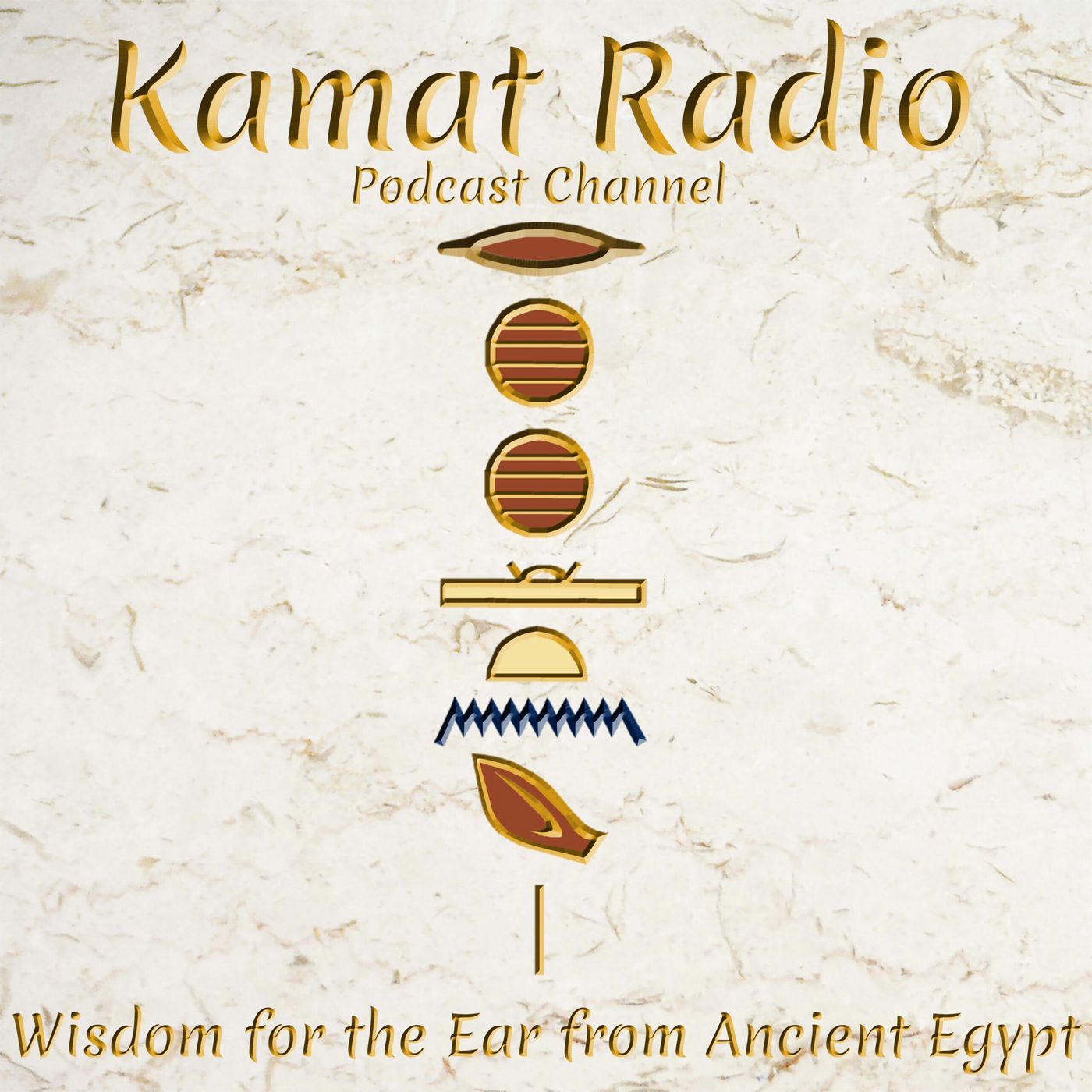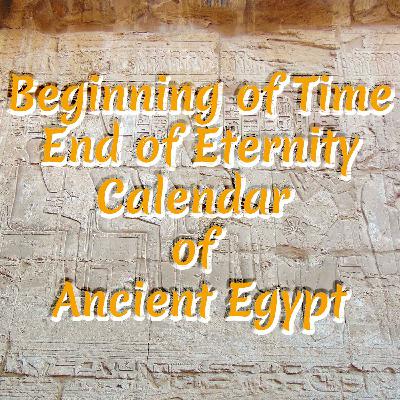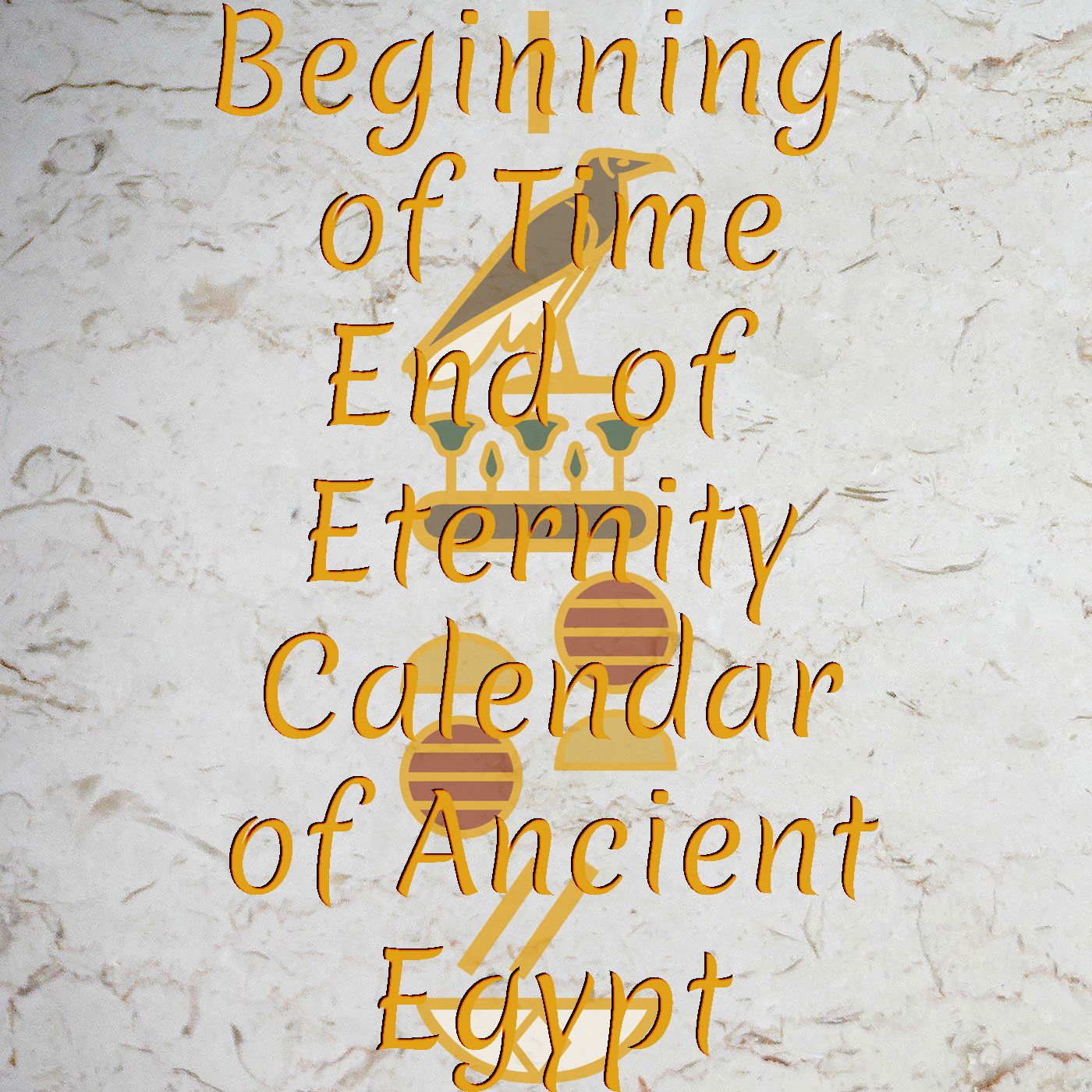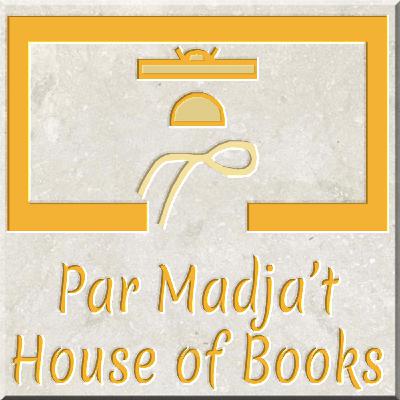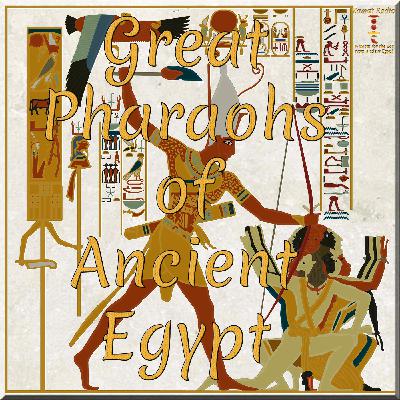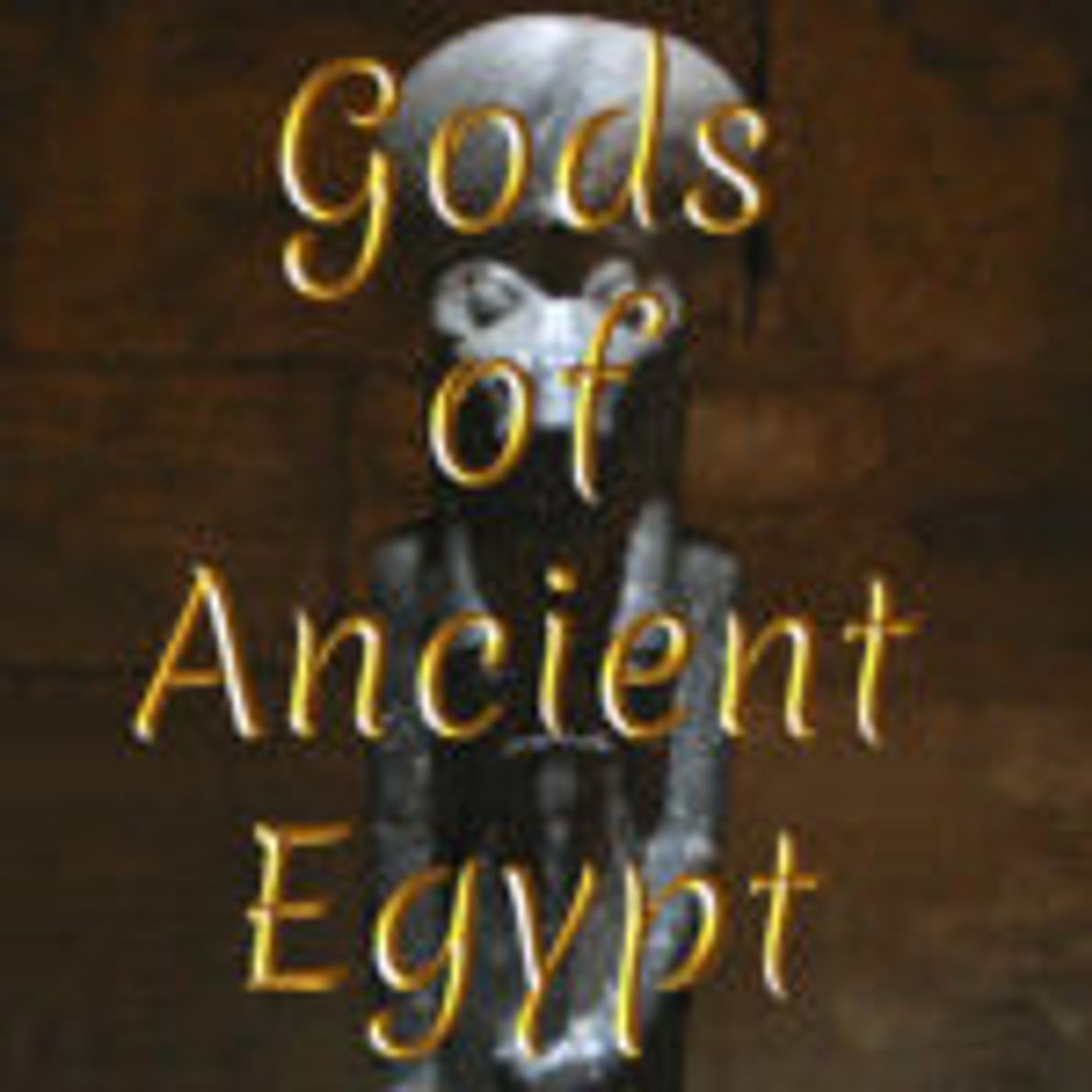Discover Kamat Radio - Wisdom for the Ear from Ancient Egypt
Kamat Radio - Wisdom for the Ear from Ancient Egypt
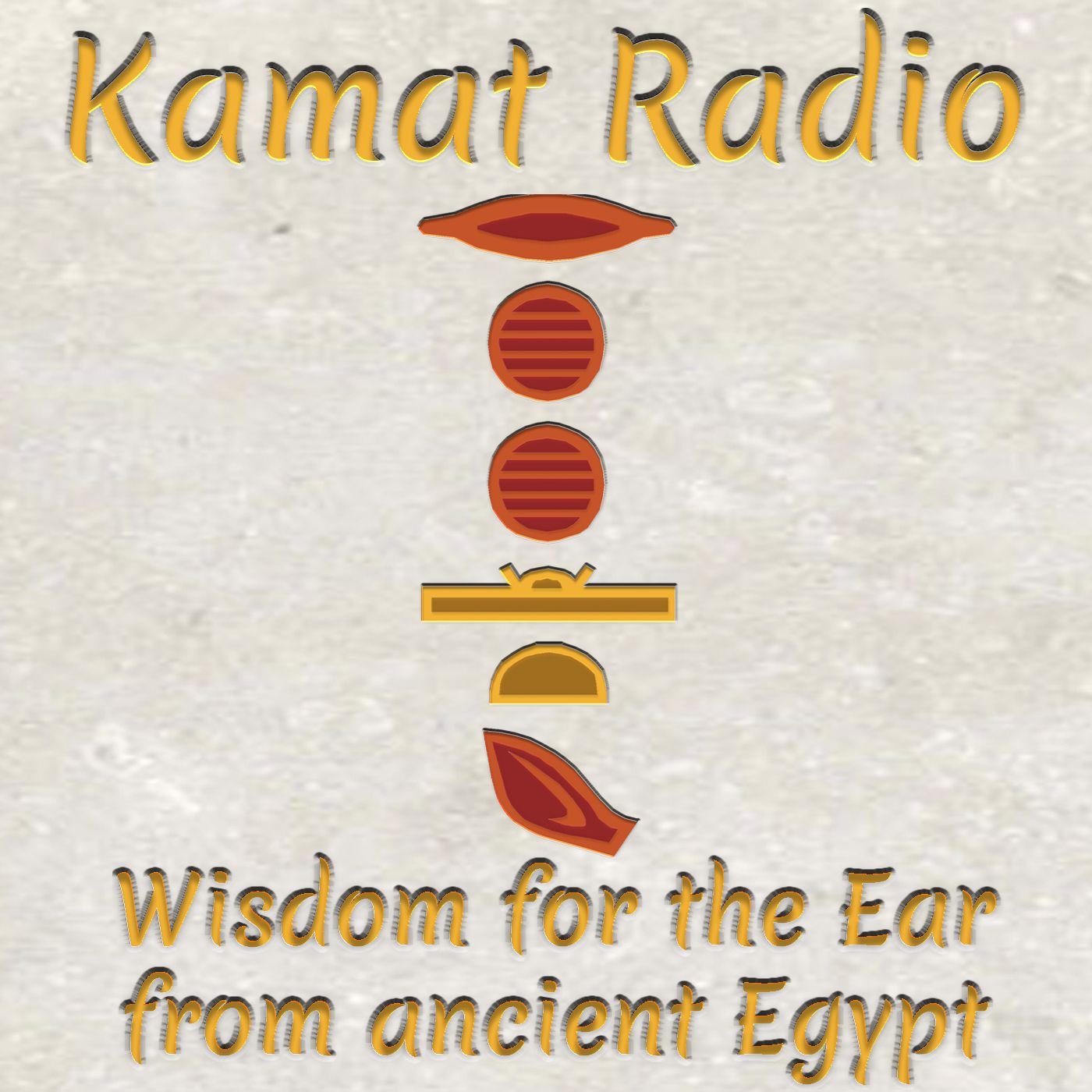
Kamat Radio - Wisdom for the Ear from Ancient Egypt
Author: Patrick A McCoy
Subscribed: 9Played: 34Subscribe
Share
© Copyright Patrick A McCoy
Description
Kamat Radio is a podcast network dedicated to teaching facets of ancient Egyptian culture. Our parent organization – Kamat – Reconstructing Ancient Egyptian Culture – provides research and content to our podcast shows.
33 Episodes
Reverse
The One who Made Calculations Concerning the Heavens, the Stars, and the Earth, the Reckoner of Time and Seasons.
The One who Made Calculations Concerning the Heavens, the Stars, and the Earth, the Reckoner of Time and of Seasons.
In this episode, we discuss the second month of the season of Axt, the month of the inundation of the Nile, and the month of mnxt—cloth. The month of mnxt is most famous for the festival of Opet, which was recently recreated in modern Egypt by the tourism authority to reopen the newly renovated avenue of the Sphinxes between the temples of Amun-Ra and Mut in Luxor.
In this episode, we discuss the second month of the season of Axt, the month of the inundation of the Nile, month of mnxt – cloth. The month of mnxt is most famous for the festival of Opet, which was recently recreated in modern Egypt by the tourism authority to reopen the newly renovated avenue of the Sphinxes between the temples of Amun-Ra and Mut in Luxor.
This episode we discuss the second month of the season of Axt, month of the inundation of the Nile, month of mnxt – cloth. The month of mnxt is most famous for the festival of Opet, which was recently recreated in modern Egypt by the tourism authority to reopen the newly renovated avenue of the […]
In this episode of Ancient Egyptian Literature, we are delving into the Battle of Kadesh, a monumental military action between Rameses the Great and the Hittites. Two versions of this story appear in ancient Egypt. The first, the official report, also called the bulletin, with seven copies found, and the second, dubbed the Poem of […]
In this episode of Ancient Egyptian Literature, we are delving into the Battle of Kadesh, a monumental military action between Rameses the Great and the Hittites. Two versions of this story appear in ancient Egypt. The first, the official report, also called the bulletin, with seven copies found, and the second, dubbed the Poem of pntAwrt, with 8 copies, are found inscribed, sometimes side by side, at the Ramesseum, Rameses’ funerary temple, the temple of Amun at Karnak, Abydos, and Abu Simbel. Patreon patrons receive the full 54-minute episode with the complete dramatic retelling of the texts with accompanying discussion of the armies of Rameses, the battle and surrounding events, 26 page illustrated eBook with discussion, maps, and glossary, and access to peer-reviewed reference materials from the Par Madja'at - House of Books.
In this episode, we discuss the first month of the season, Axt, which is the month of txy. This month is patroned by the nTr deity DHwty – Thoth, God of wisdom and writing. Major festivals of the month are wpt rnpt the opening of the year, mss ra Hr Axty – the birth of Ra-Horakhty, the sd Hr bHdty – the jubilee festival of Horus of Edfu, wAg Hr DHwty – the Wag and Thoth festival, the rise of the High Nile, and Hb tx – drunkenness festival. Also, the mythos of Hwt Hr – Hathor, the nameless serpent, and the baboon deity bAby or Babi occur in I Axt txy.
In this episode, we discuss the First month of the season Axt, the month of txy. This month is patron to the nTr deity DHwty – Thoth, God of wisdom and writing. major festivals of the month are wpt rnpt the opening of the year, mss ra Hr Axty – the birth of Ra-Horakhty, the sd Hr bHdty – the jubilee festival of Horus of Edfu, wAg Hr DHwty – the Wag and Thoth festival, the rise of the High Nile, and Hb tx – drunkenness festival. Also, the mythos of Hwt Hr – Hathor, the nameless serpent, and the baboon deity bAby or Babi.
This episode we discuss the First month of the season Axt, month of txy This month is patron to the nTr deity DHwty – Thoth, God of wisdom and writing. major festivals of the month are wpt rnpt the opening of the year, mss ra …
This episode we provide a recitation of the Book of Knowing the Creations of Ra, creation myth of the great Ennead of Heliopolis. After the recitation, we will provide an in-depth discussion on the themes and language of the creation myth.TranscriptLoading…Taking too long? Reload document| Open in new tabReferencesFaulkner, R. O. (1937). The Bremner-Rhind Papyrus: III: D. The Book of Overthrowing ‘Apep. The Journal of Egyptian Archaeology, 23(2), 166. https://doi.org/10.2307/3854422Gordon, A. A., & Gordon, A. H. (1996). The Kȝ as an Animating Force. Journal of the American Research Center in Egypt, 33, 31. https://doi.org/10.2307/40000603Hart, G. (2004). A dictionary of Egyptian gods and goddesses. Routledge.Ritner, R. K. (2008). The mechanics of ancient Egyptian magical practice. Oriental Institute of the University of Chicago.Szpakowska, K. (2003). Behind closed eyes: dreams and nightmares in ancient Egypt. The Classical Press of Wales. Wilkinson, R. H. (2003). The complete gods and goddesses of ancient Egypt. Thames & Hudson.
In this episode, we recite the Book of Knowing the Creations of Ra, the creation myth of the great Ennead of Heliopolis.
book summary and review of the priests of ancient Egypt by serge Sauneron. Magazines and periodicals have the February 2008 issue of national geographic with the black pharaohs, conquerors of ancient Egypt by Robert draper, research on the web has baking ancient Egyptian bread, geography of the durum wheat crop, and bread made using 4,500-year-old Egyptian yeast , electronic document library provides some remarks on the epagomenal days in ancient Egypt by Anthony Spalinger, investigation of ancient Egyptian baking and brewing methods by correlative microscopy by Delwen Samuel, scribal training in ancient Egypt by Ronald J. Williams, and an ancient analogy : pot baked bread in ancient Egypt, and Mesopotamia M. Chazan and M. Lehner.Loading…Taking too long? Reload document| Open in new tab
This episode of Par Madja'at has the featured book Summary and Review of the Priests of Ancient Egypt by Serge Sauneron. Magazines and periodicals have the February 2008 issue of National Geographic with the black pharaohs, conquerors of Ancient Egypt by Robert Draper, research on the web has baking ancient Egyptian bread, the geography of the durum wheat crop, and bread made using 4,500-year-old Egyptian yeast, electronic document library provides some remarks on the epagomenal days in ancient Egypt by Anthony Spalinger, investigation of ancient Egyptian baking and brewing methods by correlative microscopy by Delwen Samuel, scribal training in ancient Egypt by Ronald J. Williams, and an ancient analogy: pot baked bread in ancient Egypt, and Mesopotamia M. Chazan and M. Lehner.
The book Summary and Review of the Priests of Ancient Egypt by Serge Sauneron. Magazines and periodicals have the February 2008 issue of national geographic with the black pharaohs, conquerors of Ancient Egypt by Robert Draper, research on the web has baking ancient Egyptian bread, the geography of the durum wheat crop, and bread made using 4,500-year-old Egyptian yeast, electronic document library provides some remarks on the epagomenal days in ancient Egypt by Anthony Spalinger, investigation of ancient Egyptian baking and brewing methods by correlative microscopy by Delwen Samuel, scribal training in ancient Egypt by Ronald J. Williams, and an ancient analogy: pot baked bread in ancient Egypt, and Mesopotamia M. Chazan and M. Lehner.
Join me as we explore the nswtw – Papyrus sedge rulers of Lower Egypt, and bityaw – or bee rulers of Upper Egypt, approximately 8000 years ago, and learn of the Egypt of the Predynastic Pharaohs.Loading…Taking too long? Reload document| Open in new tab
The great fertility of the Nile valley provided the ancient Egyptians with a delicious and wholesome diet ranging from staples such as bread and beer to herbs and spices like dill, mint and cumin. Using these ingredients the British Museum's 'chef du tempe perdu' has created 35 recipes for dishes the pharaohs and their people may have eaten, including soups, starters and snacks, main dishes, desserts and baking.
Sakhamat is the seemingly dichotomous natjarat deity of both war, destruction and death, as well as healing and physicians. Please join us as we delve into the mysteries of this goddess of power
Episode 4 – book summary and review of of Food Fit for Pharaohs: An Ancient Egyptian Cookbook. The may/June 2020 issue of Archaeology has the discovery of a leopard painting, a genome study of ibis mummies, ceremonial and magic weapons, and site preservation of Deir el-ballas by the archaeology institute of America. A special issue of Archaeology, Egypt – Treasures Sites and Ancient Culture has Egyptomania, Napoleon in Egypt, KV 55, Tanis, Unknown Man E, Building a Pyramid, KV 63, Meresamun, the Animal Mummy Project, Step Pyramid of Djoser, Tebtunis, and Hierankonpolis. Research on the Web has lintels, a mummification workshop in Saqqara, and Ancient Egyptian Medicine. Electronic documents has Grasses of Ancient Egypt, ancient Egyptian beer, and the Eloquent Peasant.
The tale of the Eloquent peasant is a story from the Middle Kingdom of ancient Egypt but set in the era about a hundred years before, in what is called today as the First Intermediate Period. It is a tale of truth, justice, balance, and righteousness, what the ancient Egyptians called Ma'at. There are many culturally significant facets to this story which will be explained in detail as usual after the conclusion of the story.



